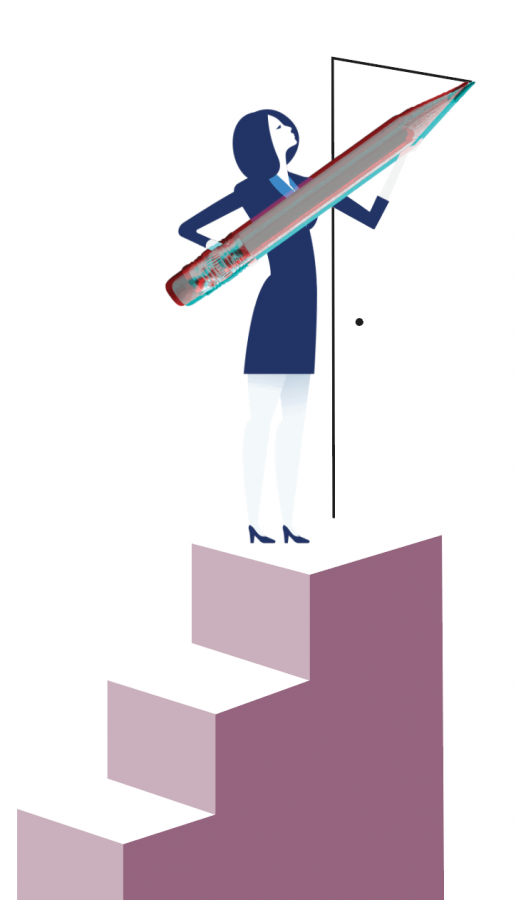For as long as Camilla Sutton can remember, she has loved the constant pulse of markets as they monitor the restless movement of money around the world.
She recalls that early in her career, while working in the Bank of Montreal’s capital markets division, she was one of the few juniors—and the only woman—who attended the early-morning strategy meetings every day. “I’d sit in the corner with my eyes wide, just listening,” she says. “I was completely mesmerized from the very start.”
Some 25 years later, Sutton was running the global foreign exchange division for Scotiabank. After a corporate reorganization, she decided it was time to step back to broaden her perspective.
As the new head of Women in Capital Markets, an advocacy group that encourages Canadian women to consider careers in the business and brings together those who already work there, Sutton has an opportunity to share her passion. She also has an opportunity to support change at a pivotal time for women.
“The need for diversity is pretty well understood by all organizations, but getting there is still a huge challenge, in large part because it’s cultural. And culture is tough to change,” Sutton says.
Few sectors remain as male-dominated as the deal-driven capital markets sector. Although it is an uncomfortable truth, the “boys’ club” mentality is deeply entrenched, despite the risks that represents in the #metoo era. It’s also something that discourages many women from considering a career on or around a trading floor.
According to Sutton, part of the problem is a “box-ticking mindset” that many organizations still have when it comes to gender diversity.
“The progress really starts with the recognition that women are not one big category to be dealt with in one uniform way. They don’t all want the same thing. They don’t need cookie-cutter policies and practices,” she says. “They need genuine opportunity to succeed in a culture that is respectful and inclusive.”
Although women are under-represented in capital markets more than in other professions, female leadership remains a challenge for corporations in other sectors as well. Despite the introduction of “comply or explain” rules by the Ontario Securities Commission, women hold only 14 per cent of board seats on publicly traded companies, up only slightly from 11 per cent in 2015. When boards do have a vacancy, just 26 per cent of those seats are filled by women.
Still, the issue of whether there should be quotas, which are now legally in place in many European countries—remains touchy. Most people would prefer that merit rather than mandate be the criterion for inclusion.
However, Sutton sees a point in having the discussion.
“I used to be skeptical about quotas for women in governance and leadership positions. But maybe it’s the only way to get the ball rolling,” Sutton says. “After all, merit can be a double-edged sword, just another excuse not to be inclusive.”
However great the challenge ahead, her new role refle cts an ongoing passion for capital markets.
cts an ongoing passion for capital markets.
“I want capital markets to be a place where the best talent is given the best chance for success for all stakeholders,” Sutton says. For that to happen, unlearning will be as important as learning.
